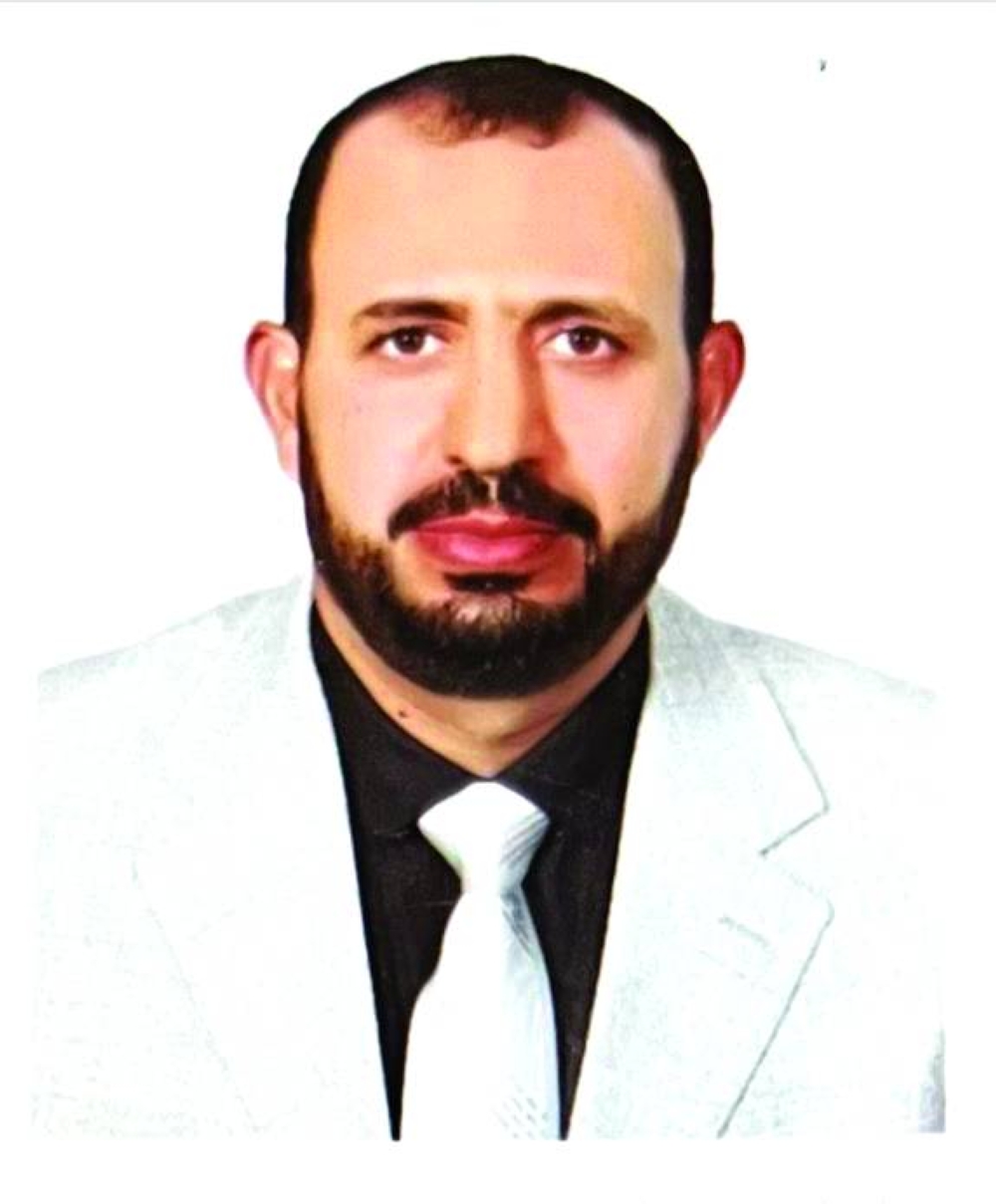In Qatar, 1.7% of the population is affected by glaucoma, with approximately 1,000 new cases recorded annually, noted a physician from Primary Health Care Corporation (PHCC).
Globally, glaucoma is the second leading cause of blindness after cataracts.
Dr Tawfik Dhaiban, consultant ophthalmologist at Al Thumama Health Centre PHCC, noted that glaucoma is the leading cause of blindness in Qatar, and the most at-risk groups are individuals over the age of 40 and those with a family history of the disease. Glaucoma is one of the leading causes of blindness worldwide, particularly among individuals over the age of 60.
Every year, the world observes World Glaucoma Week from March 9 to 15 to raise awareness about eye diseases that cause blindness, particularly glaucoma.
Health institutions in Qatar actively participate in this awareness week to educate the public, as glaucoma is the primary cause of blindness among residents over the age of 60.
Glaucoma, also known as “blue water”, is an eye disease that damages the optic nerve, often due to increased intraocular pressure. If left untreated, it can lead to gradual vision loss and even complete blindness.
According to the World Health Organisation, an estimated 80mn people worldwide suffer from glaucoma, and this number is expected to rise to 111mn by 2040. Glaucoma accounts for around 10% of total blindness cases worldwide, and in certain regions, such as Africa, this percentage is even higher due to limited awareness and access to medical care.
In Qatar, significant efforts are being made to reduce the spread of glaucoma through initiatives led by the Ministry of Public Health, Hamad Medical Corporation, and PHCC. These efforts include routine eye screenings, ongoing awareness campaigns via lectures, TV interviews, and educational brochures, and establishing specialised glaucoma clinics in various health centres.
Dr Dhaiban explained that several factors contribute to the development of glaucoma, including: high intraocular pressure; family history of glaucoma; aging; chronic diseases such as diabetes and high blood pressure; eye injuries and certain medications.
While glaucoma cannot be cured, treatments are available to reduce intraocular pressure and prevent further damage to the optic nerve. Treatment options include: eye drops; oral medications: laser therapy and surgical intervention.
MOPH provides all glaucoma treatments free of charge, including eye drops, laser treatments, and surgeries, ensuring the well-being of both citizens and residents.
To reduce the risk of glaucoma, Dr Dhaiban recommends regular eye check-ups, especially for individuals over 40 or those with risk factors; managing chronic diseases such as diabetes and hypertension; protecting the eyes by wearing protective eyewear during high-risk activities and recognising symptoms: such as loss of peripheral vision or seeing halos around lights.
Glaucoma is often called the “silent thief of sight” because it may not cause noticeable symptoms in its early stages. Therefore, early detection and regular eye exams are crucial to preserving vision.
Qatar
Significant efforts being made in Qatar to reduce spread of glaucoma
About 1,000 glaucoma cases recorded annually in Qatar

Dr Tawfik Dhaiban
